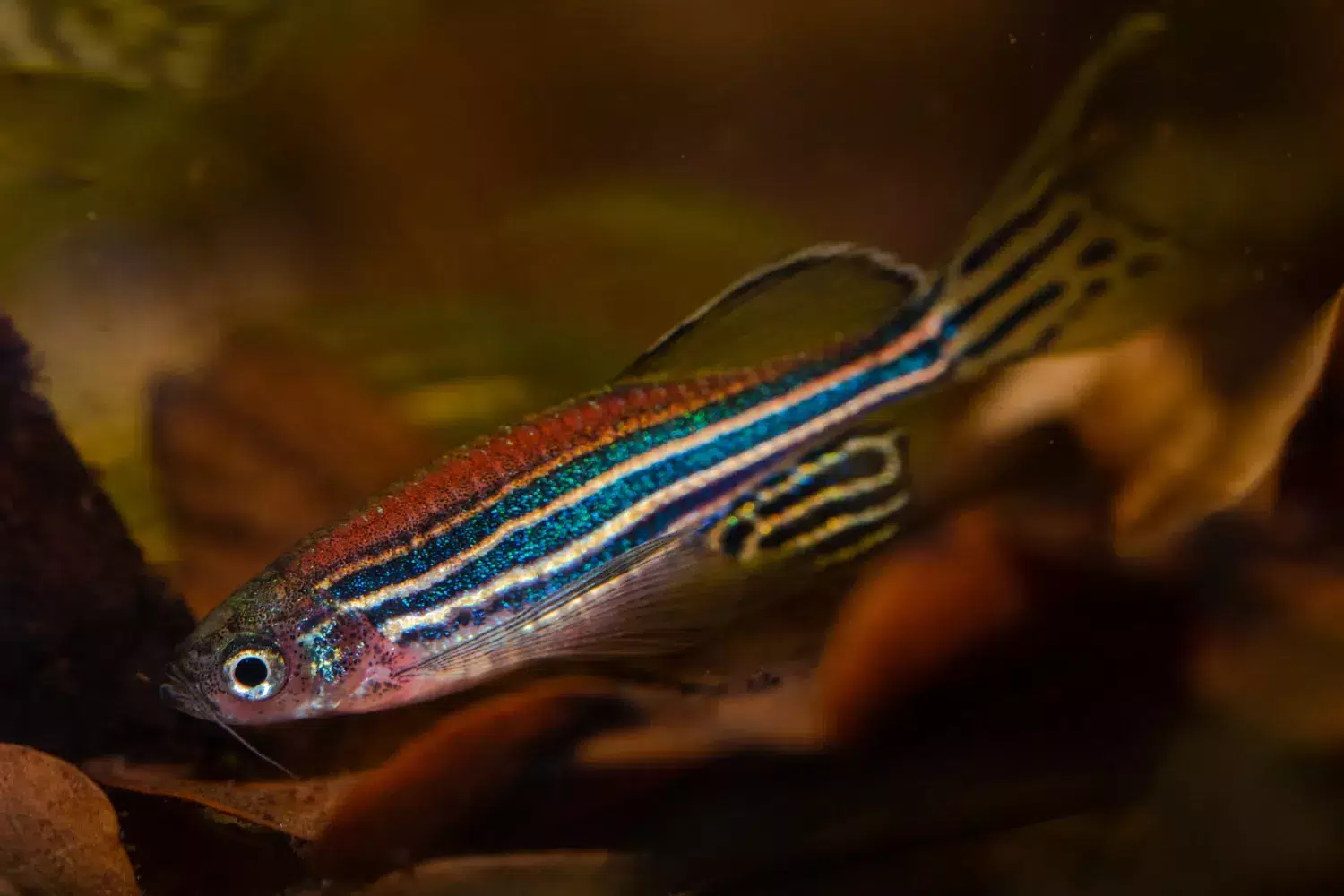Findings in zebrafish give hope for future treatment of spinal cord injury

Zebrafish have a remarkable ability to heal their spinal cord after injury. Now, researchers at Karolinska Institutet have uncovered an important mechanism behind this phenomenon – a finding that could have implications for the treatment of spinal cord injury in humans.
In a new study published in Nature Communications, researchers show that the neurons of adult zebrafish immediately start to cooperate after a spinal cord injury, keeping the cells alive and stimulating the healing process.

“We have shown that the neurons form small channels called gap junctions, which create a direct connection between the neurons and enable the exchange of important biochemical molecules, allowing the cells to communicate and protect each other,” explains Konstantinos Ampatzis, a researcher at the Department of Neuroscience, Karolinska Institutet, who led the study.
The researchers will further investigate the exact mechanisms behind this protective strategy in zebrafish and hope this knowledge will lead to new ways of treating spinal cord injury in humans.
“Spinal cord injuries are a major burden for sufferers and their families,” says Konstantinos Ampatzis. “What if we could get human neurons to adopt the same survival strategy and behave like zebrafish neurons after an injury? This could be the key to developing new effective treatments.”
The study was mainly funded by the Swedish Research Council, StratNeuro, the Swedish Brain Foundation, Olle Engkvist Foundation and Karolinska Institutet. The researchers declare that there are no conflicts of interest.
Publication
“Neuroprotective gap-junction-mediated bystander transformations in the adult zebrafish spinal cord after injury”, Andrea Pedroni, Yu-Wen E. Dai, Leslie Lafouasse, Weipang Chang, Ipsit Srivastava, Lisa Del Vecchio, Konstantinos Ampatzis, Nature Communications, online 21 May 2024, doi: 10.1038/s41467-024-48729-9.
